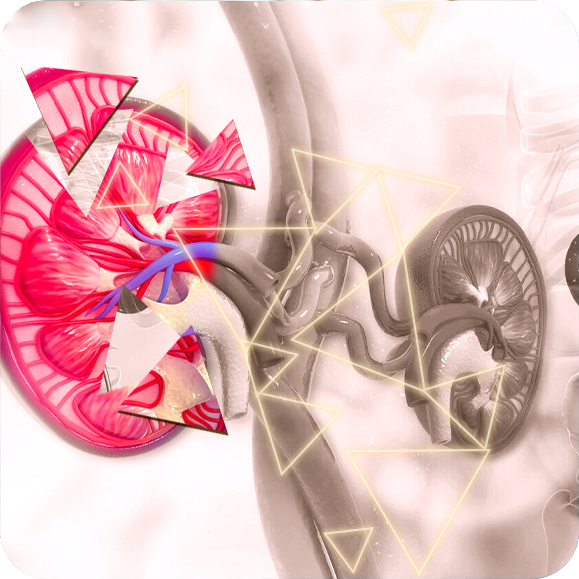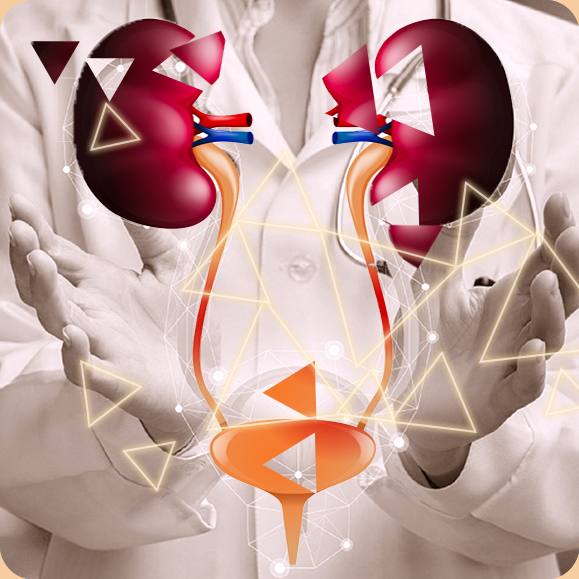Some other symptoms and signs of UTI include the following:
Foul smelling urine
Urine may smell more foul than usual, and this can be due to piuria or pus in the urine, so white blood cells and bacteria. So just the presence of bacteria in the urine can change the smell of the urine, making it more foul in nature.
Another symptom of UTI that may occur is suprapubic pain
Superpubic pain pain in the Pelvic area or pain in the super Pubic area. This is due to irritation of the bladder. Again we call the Cystitis.
Another sign of UTI is what we call hematuria.
Hematuria is blood in the urine. You can imagine, that if there are bacteria in the bladder and the urinary tract, they can cause irritation and some trauma of the urinary tract even at a microscopic level, causing some bleeding to occur. And this hematuria is most often microscopic hematuria, which means we don't see it with the naked eye. We can only see it on a urinalysis or urine dipstick, and this is due to again organism irritation. Some other symptoms of UTI include urinary hesitation. So urinary hesitation is a difficulty initiating urination or maintaining a urine stream.
So difficulty starting and difficulty maintaining urine stream called post void dribbling. Post-avoid dribbling is where there's some residual urine after voiding. After voiding has completed, there can be some residual urine.
Signs and symptoms caused by Pylonephritis.
Pylonephritis is a complication of a UTI where that UTI has ascended up to lead to an infection of the kidneys. So those bacteria that have caused a UTI can travel up the ureters and infect the kidneys, causing pylon nephritis. This can be a complication of a urinary tract infection. So in a pylonephritis we can see those symptoms we talked about before dysuria urgency frequency.
But we can see these other symptoms. Some of these include flank pain. So flank pain is where there is pain at the lower side of the back. so usually around in this area, here at the bottom of the Ribcage, and that is where your kidneys are located so pain in the back toward one side at the bottom of the Rib cage. And then, if you were to pound on that area, the patient jumps due to pain from that area. and that is what we call Costo vertebral angle or Cva tenderness. So that is a very critical clinical sign of a pyelonephritis. And then, because the kidney is infected, there can be fever and chills. So this occurs with flank pain and is actually one of the most common signs and symptoms of pyelonephritis. So along with flying pain there can be fever and chills. And again this is due to an infected kidney. You can imagine, that if an organ is infected with bacteria, the body is going to mount a fever. Now some other signs and symptoms of pylonephritis include nausea and vomiting. So because the patient is very ill, their kidney is infected, they can have nausea and vomiting. This is a relatively common symptom of pyelonephritis.








